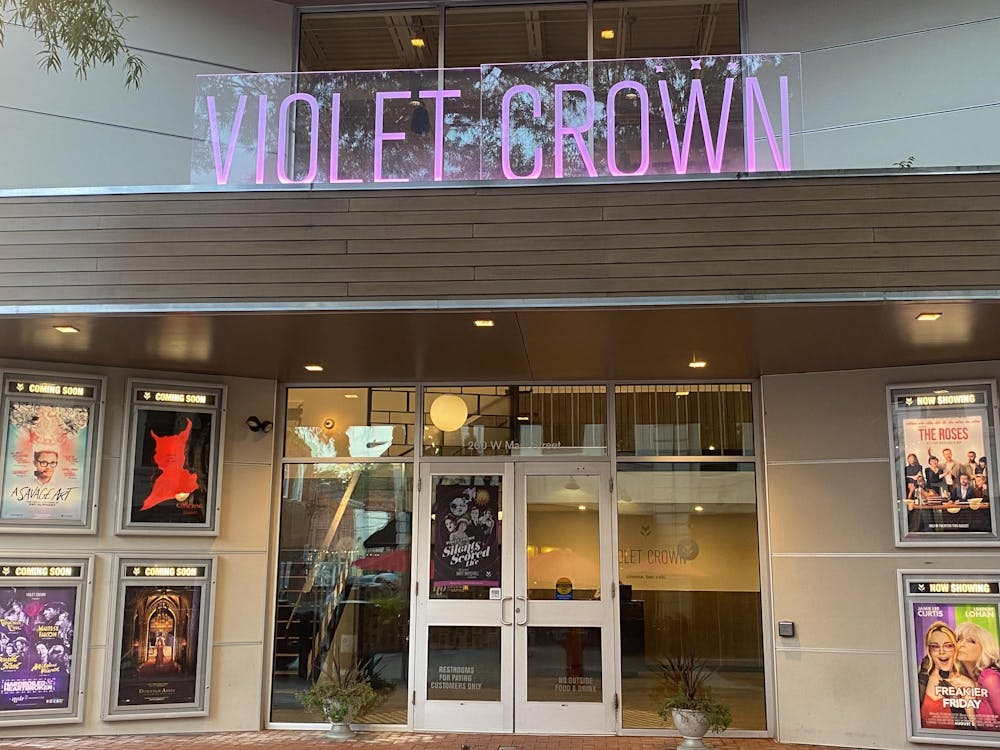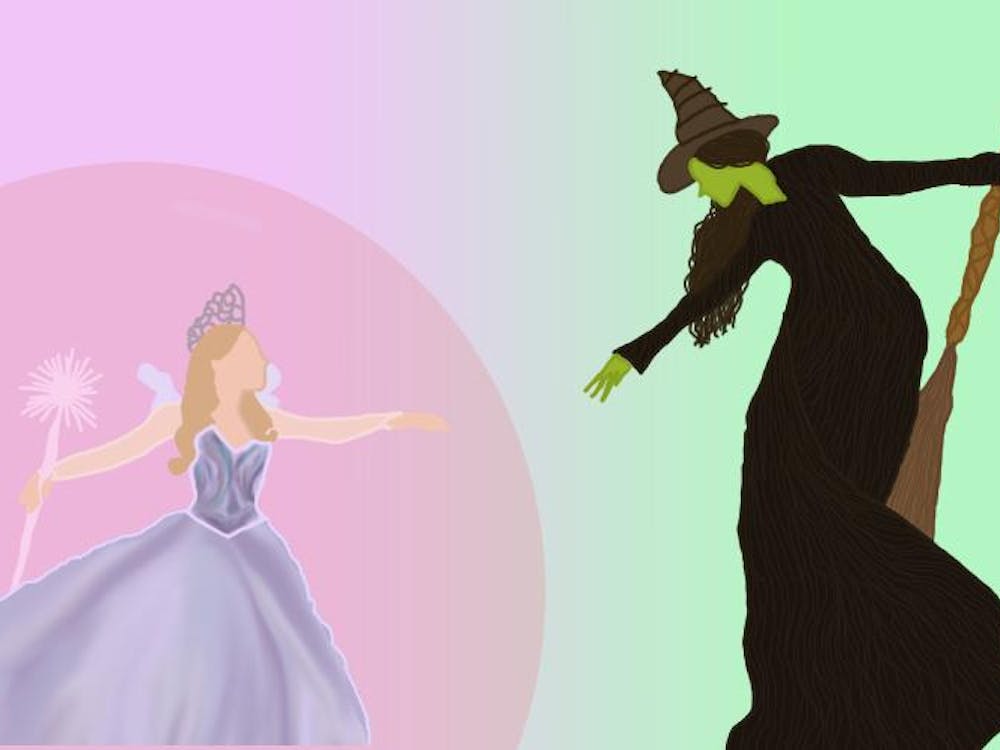Released in theaters nationwide Aug. 8, the movie “Weapons” features the story of 17 children disappearing without a trace into the night. Through shaky security footage from each of the 17 homes in the town of Maybrook, Pa. the children are seen leaving their beds at 2:17 a.m. and running out their front doors into the dark. What’s odd is that the children don’t appear to be afraid or panicked. They simply run with both arms out, almost as if they appear to be spreading wings, setting the tone for the eerie and unsettling film.
Cregger has always had a knack for symbolism, with many of his film projects connecting the horror aspect to real-life situations. Personally, this has made his work appealing to this writer, as I enjoy when horror aspects can also relate to the terror experienced off-screen. This allows the film to be much more personal and possibly raise awareness on current issues.
He wrote and directed the 2022 movie “Barbarian” which featured themes of assault and female kidnapping, and produced 2025’s “Companion” which depicted objectification and ownership. The symbolism of “Weapons,” on the other hand, alludes to school shootings and the process of grief, but is ultimately more ambiguous than his past work.
Where each of the children went is a mystery, as well as why each one of them ran out at the same time. The only common thread is that each of the children are in the same third grade class at Maybrook Elementary with their teacher, Justine Gandy, played by Julia Garner. Even more curious, all but one remains missing. Student Alex Lilly, played by child actor Cary Christopher, is the only third-grader to arrive at class on time later that morning as 17 other parents scramble to find their children.
Each citizen of Maybrook has a role to play in attempting to find the children, and “Weapons” progresses in overlapping chapters displaying each of the six main characters’ perspectives, with some scenes replayed from multiple perspectives. They include the teacher, a troubled parent, a police officer, the elementary school principal, a junkie, before ending with the lone surviving student.
As the realization sets in throughout Maybrook that 17 children are missing, all citizens turn the blame and suspicion on Gandy in a mob-like fashion. Gandy struggles to cope with the missing children herself and has to try to find her students while dealing with constant threats from townspeople.
While she displays care for her students and their whereabouts, her methods of finding them are questionable and dangerous. Cregger successfully creates a more engaging plot through the inclusion of these plot elements, because audiences become unsure of who they should be rooting for.
As the audience tries to solve the mystery along with the characters, Alex Lilly’s perspective becomes one of the most essential plot points. It is through his eyes that audiences learn how the children were taken and the mysterious powers that compelled them to run into the dark.
In the end, Alex is the most used and traumatized character in the show, along with the other children who disappear. This further contributes to some of the symbolism in “Weapons”, as the child’s perspective is the most crucial part of the film and yet he is one of the less seen characters.
This can be drawn to discussions on child mental health, specifically that of children who survived an event their friends and loved ones did not. It’s a clever point to how violence affects different people and how the characters themselves become weapons in their own way as events push them to the brink.
Cregger also seems to explore more specific parallels to real-world situations by using imagery of guns. One of the most jarring moments in the movie is when a semiautomatic rifle appears in a parent’s nightmare, as he dreams of where his missing son could have ran to. The moment is sudden and surreal, as the semiautomatic rifle is among the most commonly used firearms for mass shootings in the United States. On the rifle barrel briefly appears ‘2:17’, a reference to the exact time the children went missing.
There are a few moments reminiscent of the rifle that link to similar symbolism. While the run the children do when being led from their homes seems to be just downright creepy, their stretched-out arms almost make them resemble dark angels of sorts, perhaps referencing the national rates of child casualties in school shootings. There is also a memorial set up outside of Maybrook Elementary for the children, seen multiple times in the movie, that acts as an ominous reminder of the ongoing investigation.
“Weapons” is centered around the process of grief, and Cregger even described that after losing someone close to him, the directing process for the film became his own way to attempt to cope with his conflicted feelings. We can see this in how many of the characters also process their grief. It speaks to how people are also able to understand traumatic and jarring experiences, which creates this feeling of familiarity in the story. Individuals have all faced moments of loss or pain, and oftentimes films similar to “Weapons” can be an outlet to see someone else processing a familiar feeling.
While it is unclear what exactly in the movie is a “weapon,” it could be interpreted in how the individuals themselves are the weapons. Each character is not fully innocent, and at one point each of them makes decisions that lead to death. This includes directly killing and hurting others, both unwillingly and willingly. Perhaps Cregger is commenting on how many real and recurring horrors are not committed purely by supernatural powers, but instead by troubled humans onto others.







